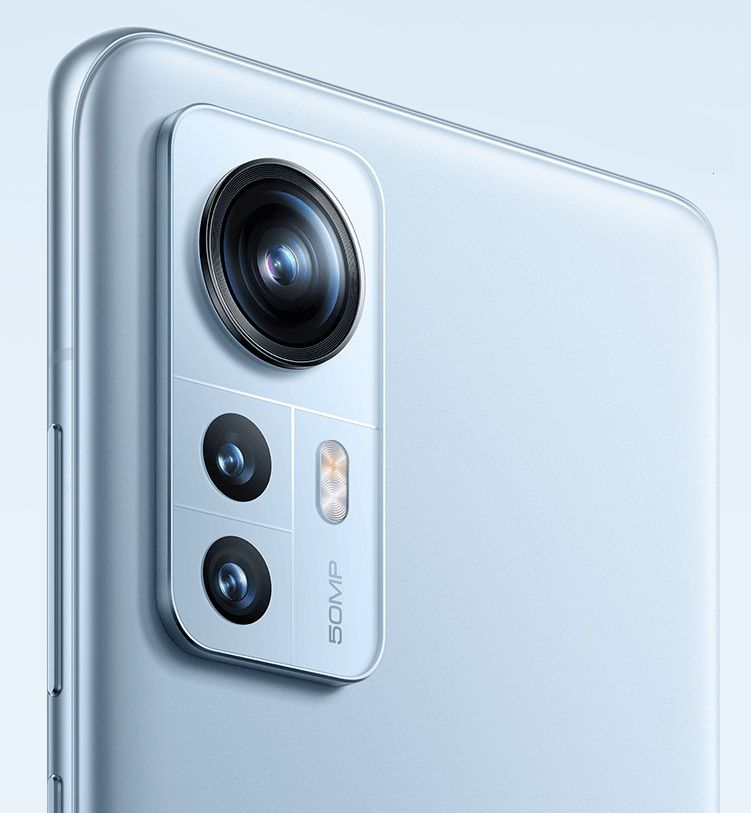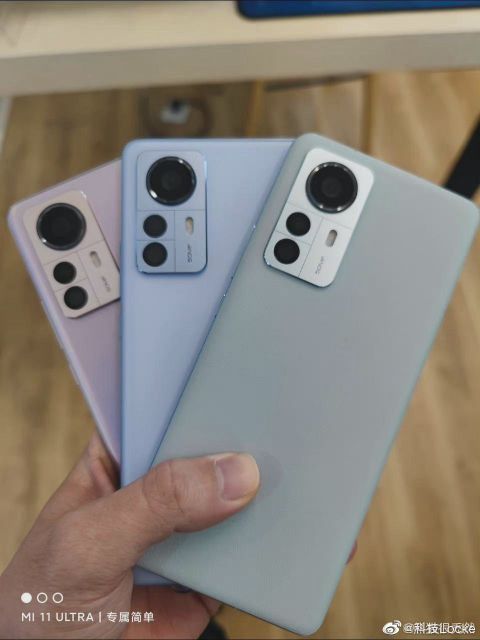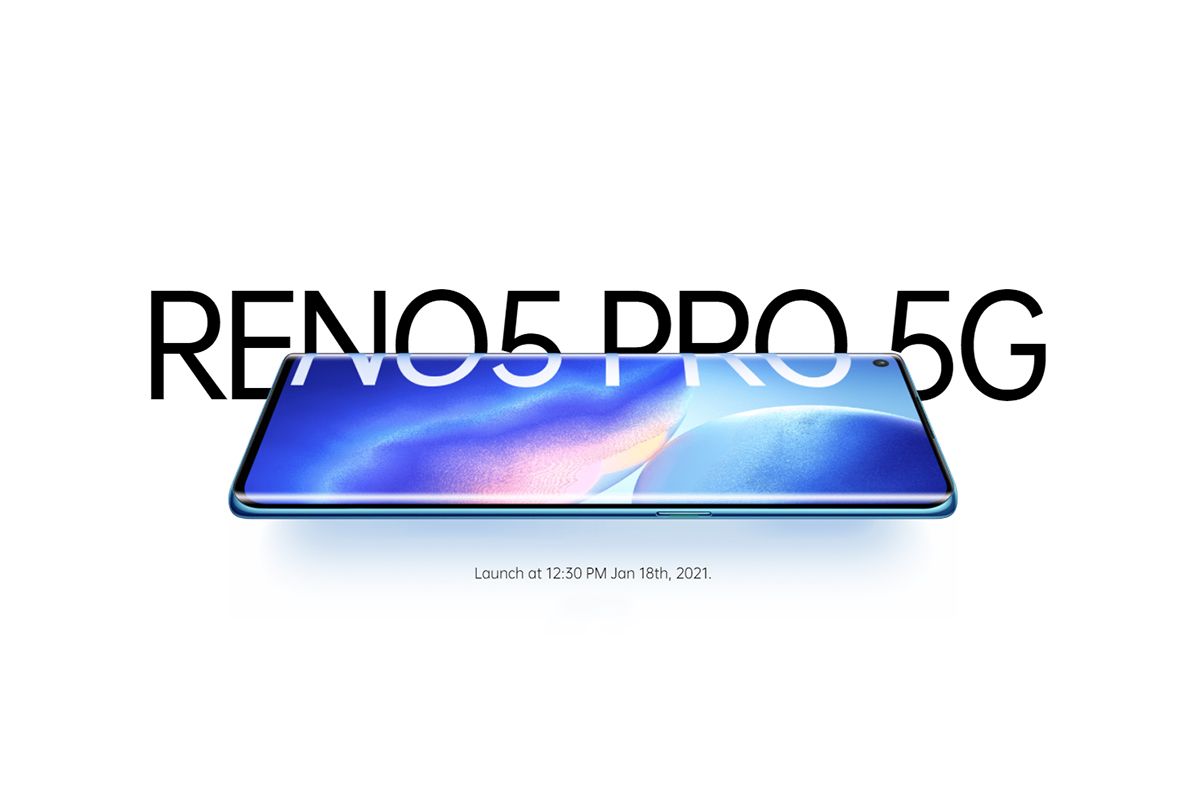Oppo has long been one of the biggest smartphone makers in India, largely thanks to the excellent phones in its portfolio, a massive offline distribution network, and a great spread in marketing and advertising. While there were some not-so-great quarters for the company in 2020, it has recovered well in 2021.
If you’re looking for an excellent Android phone, the company has a lot to offer. To help you in your purchase decision, we have picked the best Oppo phones you can buy in India right now.
Navigate this guide:
Best Overall: Oppo Reno 6 Pro

The Oppo Reno 6 Pro is the best Oppo phone available in India. It looks great and has a sleek body with just 7.6mm thickness. The phone also packs an excellent Full-HD+ AMOLED screen with a 90Hz refresh rate. In addition, Oppo has packed MediaTek’s flagship Dimensity 1200 SoC in the phone, and it performs admirably. As a result, you get a smooth experience in both the day-to-day tasks and gaming.
The company has also added the total battery capacity of 4,500mAh in the Reno 6 Pro that supports 65W fast charging. Furthermore, you will get four cameras on the back, including a 64MP primary shooter and an 8MP wide-angle camera. The main and wide-angle cameras take good photos with plenty of detail in well-lit as well as low-light situations.
Finally, the Reno 6 Pro comes with Android 11-based ColorOS 11.3 out of the box.
The Oppo Reno 6 Pro is a high-end smartphone that packs a MediaTek Dimensity 1200 SoC, an AMOLED screen, 4,500mAh battery, and 65W fast charging support.
Also Great: Oppo Find X2

As Oppo did not launch its 2021 flagship Find X3 series in India, its 2020 flagship — the Find X2 — is still one of the best Oppo phones. But it’s harder to find and often out of stock at online retailers, so it’s not our top pick. That said, if you can get it from a brick-and-mortar store for a reasonable price, it’s still an excellent buy with a great set of specs.
You get a QHD+ AMOLED screen that’s vibrant and comes with a 120Hz refresh rate. The phone is powered by a Snapdragon 865 SoC, which was Qualcomm’s flagship chip last year. It handles everything with ease and provides great performance. The onboard 4,200mAh battery is enough to last through the day, and the company has also added support for 65W fast charging on the phone. In addition, the phone was launched with Android 10 but has since received the Android 11 update.
There are three cameras on the back, headlined by a 48MP shooter. All three cameras can take excellent photos. The 32MP selfie camera also does a good job.
Best Mid-Range: Oppo Reno 6

The Reno 6 is a step down from the Reno 6 Pro and our pick for the best mid-range smartphone in Oppo’s India portfolio. It shares several of the Reno 6 Pro’s specs, but costs much lower than the phone, making it better value for money. It’s powered by a MediaTek Dimensity 900 SoC, which provides snappy performance. In addition, the phone packs a Full-HD+ AMOLED screen with a 90Hz refresh rate and runs Android 11 out of the box.
The battery life of the Reno 6 is good, and thanks to support for 65W fast charging, the phone charges quickly. You also get three cameras on the back, including a 64MP primary camera and an 8MP wide-angle shooter. It’s the same camera setup as the Reno 6 Pro except for the lack of depth sensor, so the Reno 6 also takes excellent photos with a good amount of detail.
The Oppo Reno 6 features a 6.43 inch Full-HD+ screen and MediaTek Dimensity 900 SoC. It also packs 8GB of RAM and 65W fast charging support.
Also Great: Oppo F19 Pro+

Oppo’s F-series has always been a vital part of the company’s mid-range portfolio, and the F19 Pro+ is no different. It’s a good option if you don’t want to go for the Reno 6. The phone also has a nice design that’s slim and feels good in the hand. The phone uses a capable MediaTek Dimensity 800U SoC that provides solid performance. The Full-HD+ AMOLED screen is also good and shows punchy colors and deep blacks. The only thing lacking on the display front is a high refresh rate, a feature Oppo even provides in some of its budget phones.
The F19 Pro+’s 4,310mAh battery is decent, if not impressive, and will last through the day. 50W fast charging support comes in handy when the phone discharges and you need a quick top-up. Among other features, you get a quad rear camera setup that houses a 48MP primary camera, an 8MP wide-angle shooter, and two 2MP macro and mono cameras. Unfortunately, the cameras are slightly underwhelming for the price tag, and if you need good imaging experience, you’re better off with the Reno 6. In addition, the phone runs on Android 11.
The Oppo F19 Pro+ features a 6.4 inch Full-HD+ AMOLED screen, MediaTek Dimensity 800U SoC, and 8GB of RAM. The phone also packs a 4,310mAh battery with 50W fast charging support.

The Reno 6 Pro has been out already for quite a few months and is undoubtedly newer. However, for the extra premium that you’ll be paying for the Reno 6 Pro, you won’t be getting your money’s worth, especially when you take a look at what the Reno 5 Pro offers for considerably lesser. It’s got a power MediaTek Dimensity 1000+ SoC, a beautiful curved OLED display with a 90Hz refresh rate, and a capable set of cameras on the rear that resembles the Reno 6 Pro’s camera setup.
In our Oppo Reno 6 Pro review, we mentioned that it didn’t really warrant an upgrade from the Reno 5 Pro since there weren’t any major changes at all. The Reno 5 Pro, being a generation older, can be bought at a considerably lower price when compared to the Reno 6 Pro. This makes it the phone that most people would be happy with, in our opinion, especially if you can crack a good deal on it. You won’t be missing out on much compared to the Reno 6 Pro and you’ll get a flagship-like experience.
The Reno 5 Pro is still a good smartphone to buy even though the Reno 6 Pro has succeeded it. It's got compelling specifications for a lower price.

If you don’t want to spend a lot of money but still want a good mid-range smartphone from the brand, the Oppo A74 can be a great option for you. It’s also got 5G capabilities making it future-proof for a few years to come. It’s comparatively more affordable compared to the Reno series but doesn’t make a lot of compromises. It has a Snapdragon 480 chipset which doesn’t sound all that powerful on paper, but it’s good enough for most use cases. If you’re planning to play a lot of heavy games though, this phone might not be for you.
The reason why this phone can be a good fit for most people is that it covers all the basics resulting in a good experience for the end-user. For example, there’s a 90Hz display that will make scrolling navigating quite smooth, delivering a positive experience. There’s a 50MP rear camera that takes some decent shots. The phone is powered by a 5,000mAh battery with support for 18W charging. While the charging speed could have been better, the battery life that you’re going to get is going to be pretty good.
The Oppo A74 is a good mid-range option that satisfies the needs of a basic user. This makes it a good recommendation for most people, especially if you're looking for an Oppo phone under ₹20,000.
Best Budget: Oppo A33

In the budget segment, the Oppo A33 is the company’s best phone. It comes with a good set of specs for a phone you can buy for around Rs. 10,000. You get a Qualcomm Snapdragon 460 SoC, 3GB of RAM, and a 5,000mAh battery with 18W fast charging support. In addition, there’s a 6.5-inch HD+ LCD screen with a 90Hz refresh rate. High-refresh rate displays aren’t standard in the entry-level segment, so it’s nice to see Oppo include one in this phone.
On the software side, the phone has Android 10, which is slightly disappointing, but the phone should still provide a good experience. In addition, the A33 features triple rear cameras, including a 13MP primary shooter. There’s an 8MP selfie shooter onboard as well.
The Oppo A33 is a budget Android phone with Android 11, HD+ screen, and Qualcomm Snapdragon 460 SoC. The phone also features a 5,000mAh battery with 18W fast charging support.
Also Great: Oppo A53

The Oppo A53 is another decent phone in the company’s budget lineup, but it’s over Rs. 1,500 more expensive than the A33. There are quite a few similarities between the A33 and A53, but the latter gives you more RAM. With the increased RAM, you can expect the A55 to be snappier than the A33. The only other difference between the A33 and A53 is the higher resolution selfie camera in the A53.
The Oppo A53 features a 6.5 inch HD+ screen with a 90Hz refresh rate, Qualcomm Snapdragon 460 SoC, and up to 6GB RAM. In addition, the phone runs on Android 10.
These are the best Oppo phones you can buy in India today. Until Oppo brings the Find X3 series to India, the Reno 6 Pro and the Find X2 are the best Oppo phones you can buy. That said, finding Find X2 in-stock may prove a little tricky. Check out our best Android phones and the best budget Android phone guides for the best phones from other smartphone makers.
Which Oppo phone are you planning to buy? Do you think we missed a great Oppo device? Let us know in the comments section.
The post These are the Best Oppo phones in India in 2022 appeared first on xda-developers.
from xda-developers https://ift.tt/3hTKrst
via
IFTTT










































